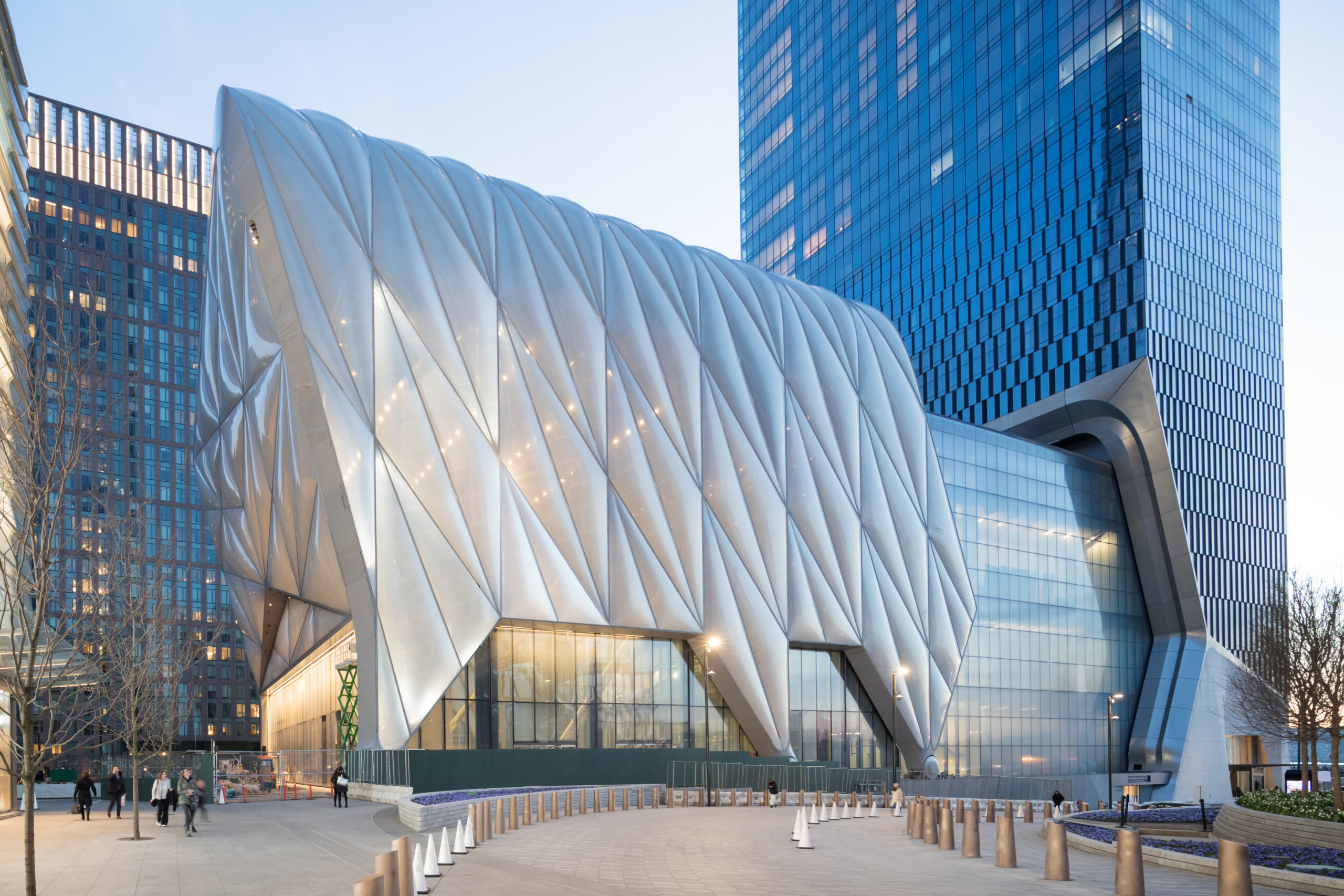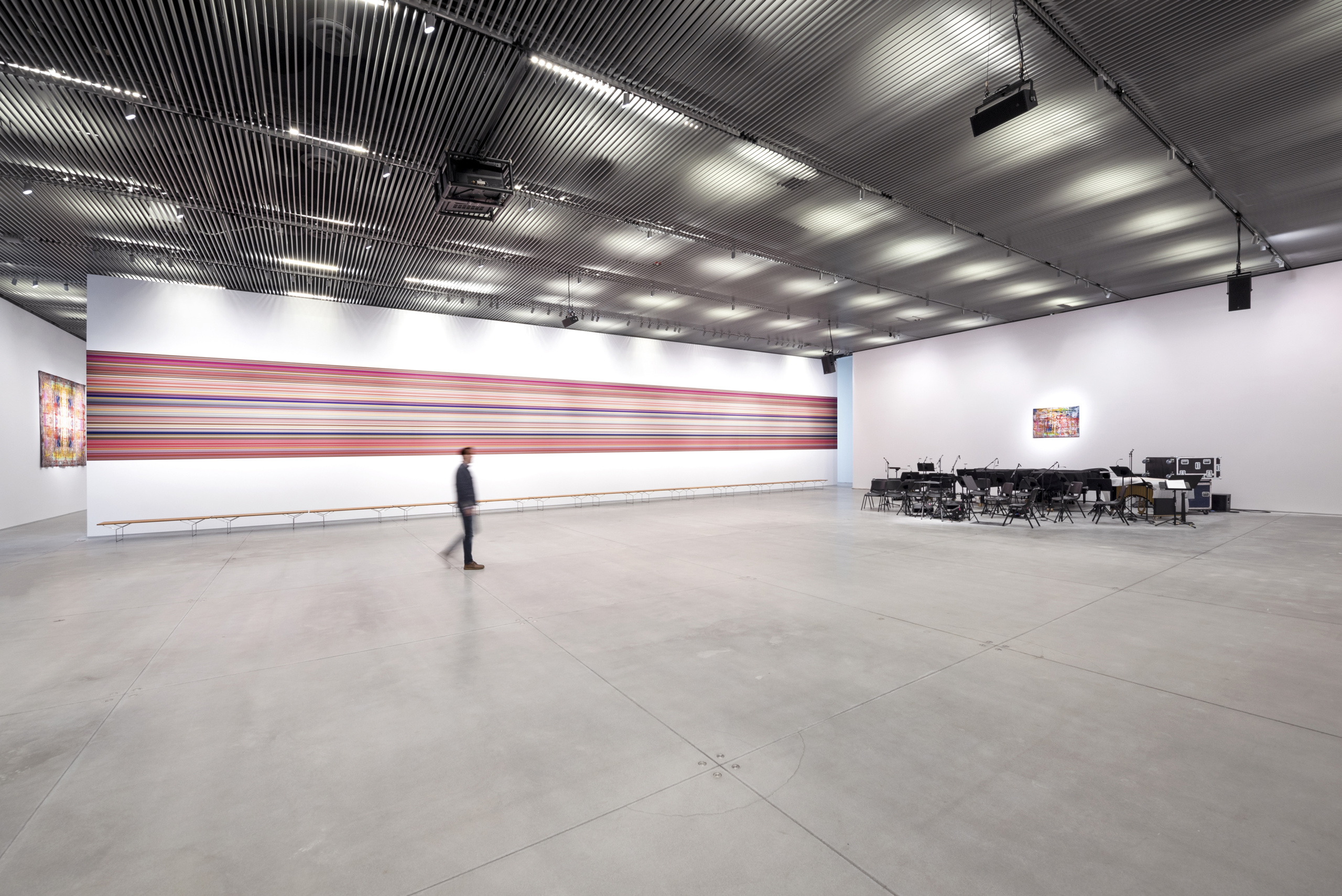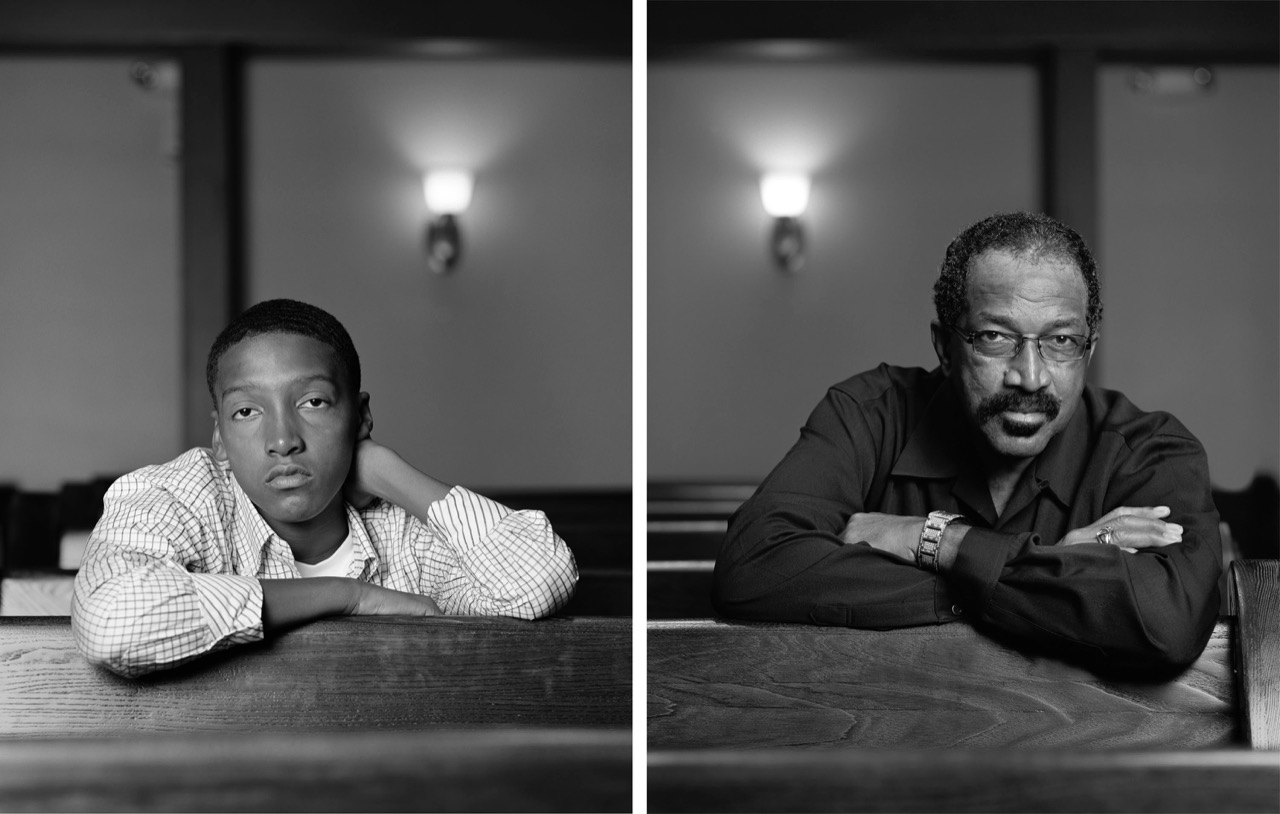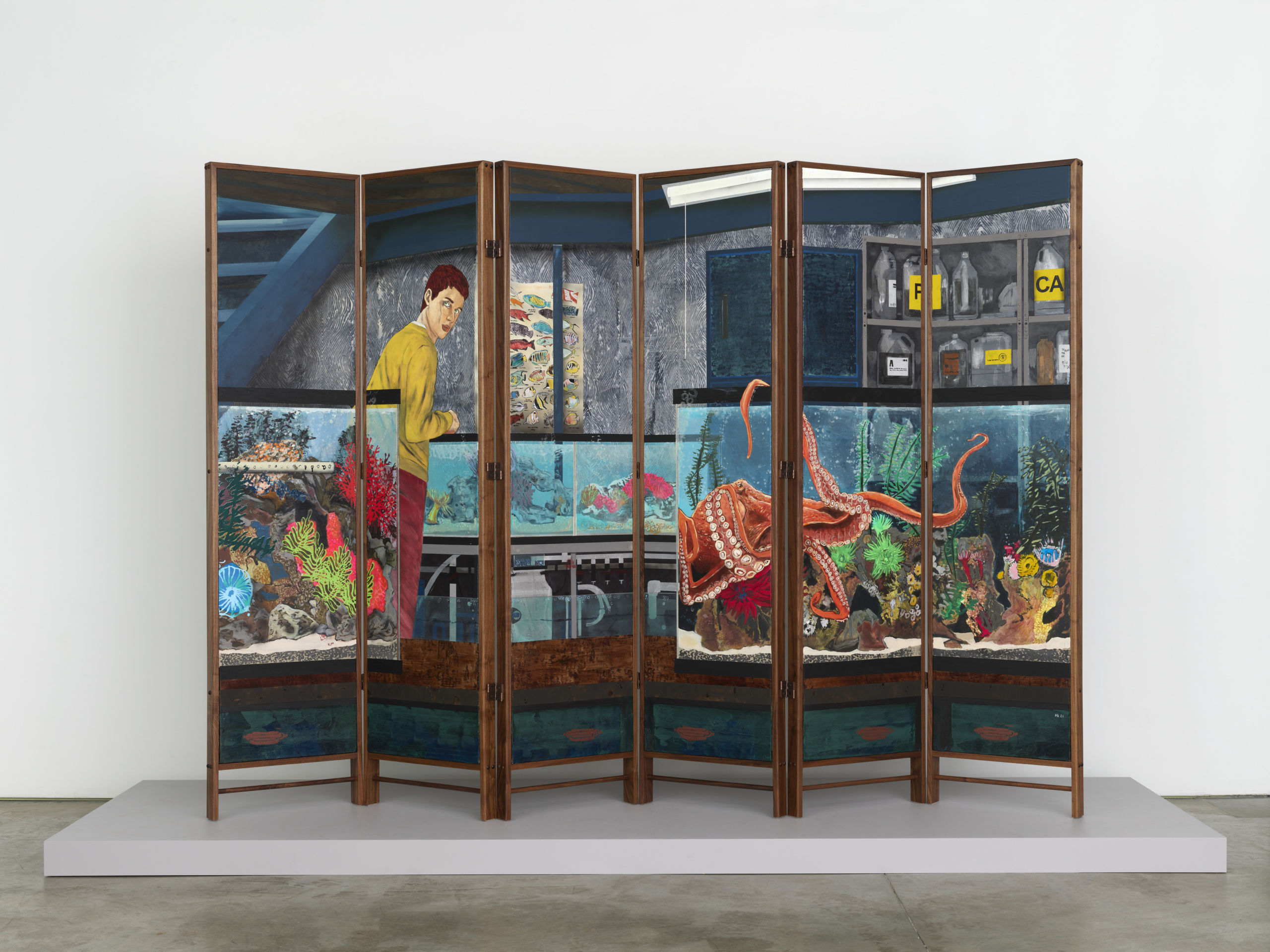
“There is a magic that happens on the first day of an art fair,” says Loring Randolph, director of programming for Frieze New York. “Everybody feels energized about being together under one roof and seeing so much art at once for a concentrated amount of time.” Open to VIP guests Wednesday—and general admittance on Friday—Frieze New York marks the first major United States fair to show in person since the early March 2020 Armory Show, an event seared into conscience as the last hoorah before museum, gallery and performance closures seized the globe a mere week later. For seasoned visitors, this tenth edition will seem significantly scaled down in a new Manhattan location, cultural center the Shed, which is tucked into the gleaming, skyscraping behemoth that is Hudson Yards. Following a year of virtual art, the fair is a bellwether: how ready are contemporary collectors for real life booths again? With safety protocols abound, tickets have already sold out. However, as a harbinger, perhaps, of the hybrid model for the future, Frieze New York will also host an extensive online viewing platform for those unable or unready to travel.
But the most compelling feature is that this year’s fair will anchor its programming comprehensively around a core theme—expanding the curatorial possibility of its peers on this side of the pandemic. In an expansive tribute to the Vision and Justice Project, a multi-faceted educational initiative, as well as its founder, Harvard associate professor Sarah Elizabeth Lewis, Frieze New York will explore the ways in which visual literacy can shape a more equitable society.

Adapting to a New Normal
After a decade, the art fair has relocated from its iconic white tent on Randall’s Island to the Diller Scofidio and Renfro-designed arts space in former trainyard cum luxe live-work destination, Hudson Yards. “Without being able to hold the fair in the Shed, I don’t know if it would have been possible to do any in-person event this spring,” says Randolph of the building’s layout, which allows the fair to comply with safety precautions. “Now that everyone is eligible, a lot of gallery staff has gotten vaccinated, giving people a lot more confidence. People are flying in for it.” However, only sixty-seven predominantly U.S.-based exhibitors (including three non-profits) will attend, compared to 190 in May 2019, and headcount is capped at 850 at any given time in the 200,000-square-foot structure. In addition, visitors are required to wear masks and show proof of vaccination or a negative COVID-19 test to enter.
Frieze New York’s closely-watched special section Frame—showcasing solo presentations of emerging artists with galleries under ten years old—returns this year, as do solo and group presentations of luminaries by world-leading exhibitors. New York’s WangShui at Company Gallery and Miami-based interdisciplinary artist Agustina Woodgate at Barro rank among the much anticipated. Highlights at legacy galleries include: new paintings and sculpture by Dana Schutz at David Zwirner; Huma Bhabha and Daniel Hesidence at Salon94; and new work by Trenton Doyle Hancock, in which he portrays a meeting between the Black superhero Torpedoboy (his alter ego) and Philip Guston’s Klan character at James Cohan.

Tribute to the Vision and Justice Project
Unlike previous thematic initiatives, the tribute is not an individual section of Frieze New York, nor is it organized solely by the fair. Over fifty galleries and community institutions are supporting the project with digital talks, exhibitions and socially-distanced experiences. “The Vision and Justice Project is an educational force, dedicated to examining art’s central role in understanding the relationship between race and citizenship in the United States,” explains Randolph, whose personal encounter with the project online during COVID-19—and learning that Frederick Douglas, the most photographed man in the 19th century, knew the power of his own image and “the selfie” 150 years ago—inspired the fair’s focal point this year.
The project launched in 2016, following the development of Lewis’s Harvard core curriculum course, “Vision and Justice: The Art of Citizenship,” alongside the award-winning issue of Aperture magazine, also titled Vision and Justice. Frieze’s tribute invites physical and virtual fairgoers to grapple with the broad continuum of connection between representation and rights in society. “This project wasn’t born out of contemporary urgency, period, full stop. This is work that has been a privilege for me to embark on first as a student and now as a scholar for some time now,” clarifies Lewis. “For some, the moment feels urgent. For many, it feels familiar and is an echo.”

Responses to the tribute span onsite commissions by Carrie Mae Weems and Hank Willis Thomas, to roundtables and offsite social action exhibitions available to those who couldn’t score fair tickets. Hauser & Wirth introduces a unique presentation on the acclaimed New York food justice non-profit Project EATS on their Chelsea gallery’s fifth floor. Lehmann Maupin screens an online discussion between artist McArthur Binion and curator-editor Diana Nawi upon the release of the former’s new monograph, while a new painting from Binion’s “Modern Ancient Brown” series debuts at the gallery’s Frieze New York annex on 22nd street. Sean Kelly hosts an artist talk with Dawoud Bey and Leigh Raiford, chair of University of California, Berkeley’s African American Studies program, who wrote about Bey’s The Birmingham Project for the original Vision and Justice Aperture issue.
Just south along the High Line, Bey’s current Whitney Museum of Art retrospective An American Project highlights the photographer’s four decades of portraying Black subjects and African American history. The timing is apt for a fair reaching its tendrils into larger social issues more than ever before. As Bey shared with Cultured in an artist statement, “[H]opefully visitors to Frieze New York will come away from this project with a new and perhaps deepened respect for Black expressive culture—the way it has sat the center of social history as an agent for social change, and how Sarah Eliabeth Lewis, a brilliant and persistent scholar, has put that center stage in the contemporary conversation.”
Craving more culture? Sign up to receive the Cultured newsletter, a biweekly guide to what’s new and what’s next in art, architecture, design and more.



